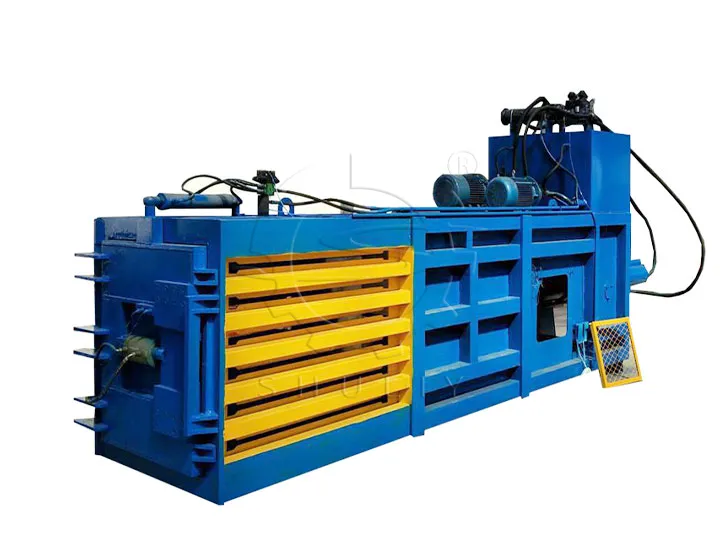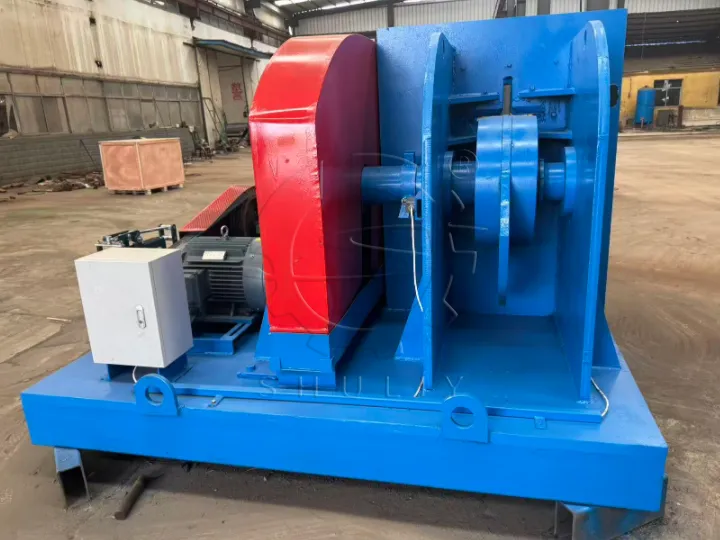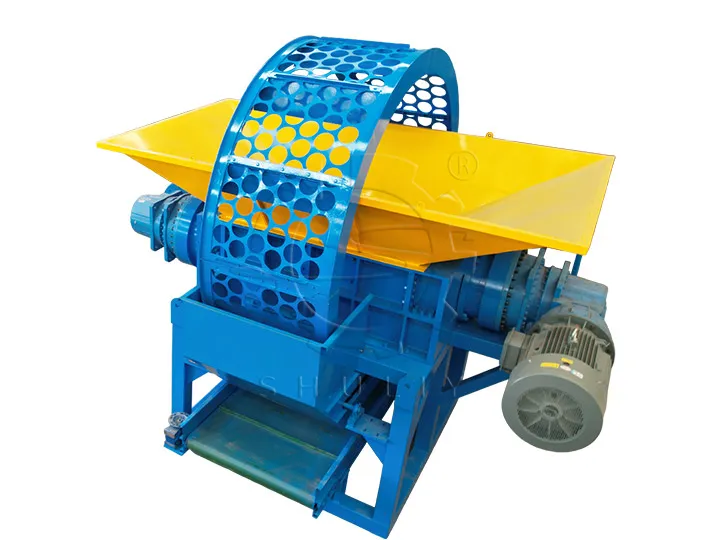From Tire to Treasure: A Technical Guide to Shuliy’s Rubber Powder Machine
You have waste tires. You want to turn them into a valuable product. This guide shows you how. We skip the marketing…

You have waste tires. You want to turn them into a valuable product. This guide shows you how. We skip the marketing fluff and give you a direct, technical breakdown of the Shuliy rubber powder machine. You will learn:
- How the grinder really works.
- The exact purification process to achieve >99.9% pure powder.
- A simple 4-step guide for your operators. This is the information you need to make a smart investment.
The Core Technology: Inside the Shuliy Fine Rubber Grinder
This is the heart of your operation. Forget simple crushing; our fine rubber powder machines employ a precise engineering process to pulverize rubber blocks into powder.
1. The Grinding Mechanism: A Symphony of Forces
Pre-shredded rubber blocks (2-5 cm) enter the grinding chamber. Inside, two large, grooved discs work in opposition—one stationary, one rotating at high speed. As rubber enters the gap, it’s subjected to three distinct forces simultaneously:
- Shearing: The sharp edges of the grooves on the discs act like millions of tiny scissors, slicing the rubber.
- Friction: The high-speed rubbing of the discs against the rubber generates abrasive force, grinding it down.
- Impact: The rubber particles are thrown against the chamber walls and each other, causing further pulverization.
This multi-force approach is far more efficient than simple crushing, producing a finer, more consistent powder.
2. The Grinding Discs: Hard-Wearing Alloy Steel
The discs are the primary wear part. Ours are forged from a high-hardness, wear-resistant alloy steel. This is critical. Why? It ensures a long service life, reducing your downtime and replacement costs. Cheaper materials wear out quickly, leading to inconsistent powder size and frequent, expensive maintenance.
3. Heat Management: Built for the Heat
Let’s be direct: rubber grinding creates extreme heat. This is the biggest challenge. So, how do we manage it?
- Robust Construction: The rubber powder machine grinder’s housing is built from thick, heavy-duty steel. It’s designed to absorb and dissipate a significant amount of heat naturally.
- Material Durability: The alloy steel discs are chosen not just for hardness, but for their ability to perform under high temperatures without warping or losing their cutting edge.
- Operational Control: For continuous, heavy-duty cycles, we recommend ensuring good workshop ventilation. The system is built tough to handle the heat of the process, which simplifies maintenance by removing pumps, pipes, and potential water leaks.

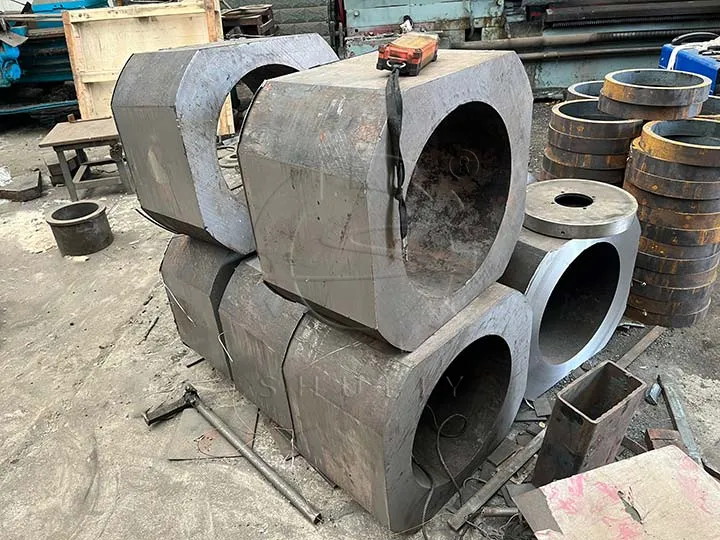
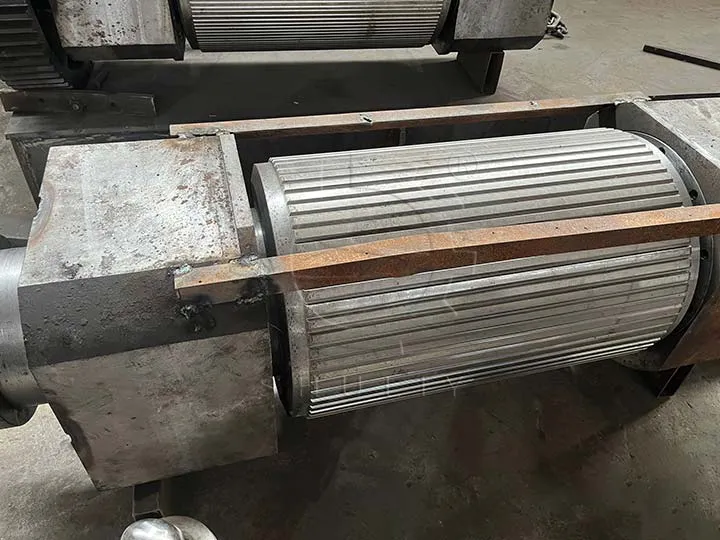
The Purification & Screening Process: A 3-Step Path to Purity
Grinding creates a mix of rubber, steel, and fiber. The separation sequence is crucial for achieving pure, sellable powder. Here is our optimized 3-step process for our rubber powder machines.
Step 1: Dual-Stage Magnetic Separation (Steel Removal)
Immediately after grinding, the mixture is conveyed over two separate magnetic separators. This is non-negotiable for quality.
- Stage 1 (Primary Magnet): A powerful drum magnet pulls out the bulk of the larger steel wire fragments.
- Stage 2 (Finishing Magnet): A second, high-intensity magnet captures the microscopic steel “dust” that the first stage missed. Result: Steel-free rubber powder mixed with fiber. This dual-stage method is essential to meet the >99% steel-free standard required for high-value applications.
Step 2: Precision Screening (Size Classification)
The steel-free mix now goes to the vibrating screen. This machine sorts the material by size before the final fiber separation. If your target is 80 mesh rubber powder:
- The mix falls onto a screen with 80 holes per inch.
- Anything smaller (fine rubber and fine fiber) falls through.
- Anything larger (coarse rubber and coarse fiber) stays on top. These oversized particles are automatically routed back to the fine grinder for another pass. This closed-loop rubber powder machine ensures no rubber is wasted and maximizes your yield.
Step 3: Fiber Separation (Final Purification)
The correctly-sized mix of fine rubber and fine fiber from the vibrating screen enters the fiber separator. Using a precisely controlled upward airflow, the machine makes the final split:
- The heavier rubber powder falls down to be collected.
- The lightweight nylon and fabric fibers are blown upward into a separate collection system. Final Product: Clean, uniformly-sized rubber powder, ready for bagging. This sequence ensures that energy isn’t wasted on air-separating oversized particles that will be re-ground anyway.

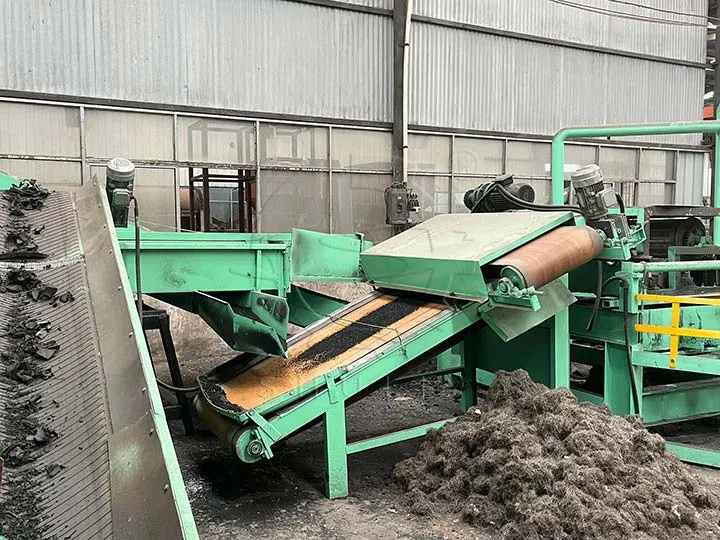
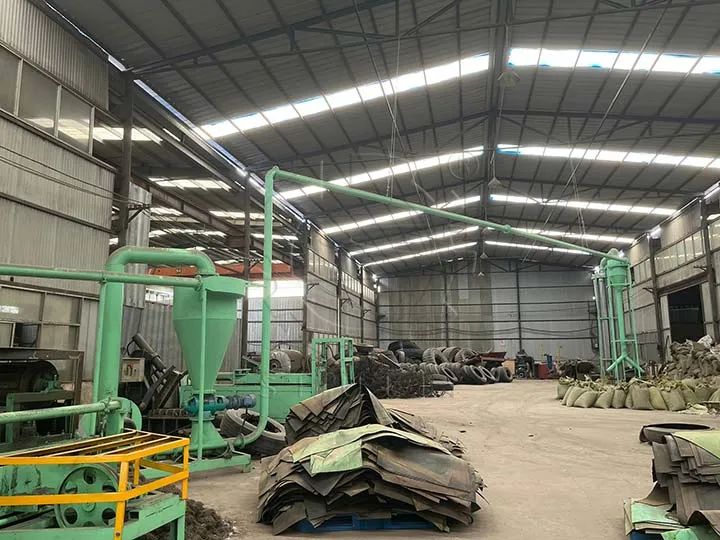
Operator’s Quick-Start Guide: 4 Simple Steps
A powerful rubber powder machine must also be easy to operate. Here is the basic daily workflow.
- Pre-Start Check: Before powering on, walk the line. Check that the grinding discs are clear of obstructions, all conveyor belts are tensioned, and the collection bags are in place.
- Startup Sequence: Power on the machines in reverse order of material flow. Start the collection system (fiber separator) first, then the vibrating screen, the magnetic separators, the main grinder, and finally the initial conveyor belt. This prevents material jams.
- Monitor Operation: Listen. You will learn the sound of a smoothly running grinder. Watch the output. If the powder consistency changes, or the motor sound strains, it may indicate worn discs or a blockage.
- Proper Shutdown: Stop the input feed first. Let the machine run for a few minutes to clear the system of all material. Then, power down the rubber powder machines in the order of material flow (grinder first, then separators, etc.). This prevents material from sitting in the machines overnight.
The Final Product of Rubber Powder Machines: Information that Sells
The powder you create is a commodity. Its value is defined by:
- Purity: Free of steel and fiber contaminants (>99.9%). This is a direct result of our meticulous 3-step purification process.
- Mesh Size: The fineness of the powder. High demand exists for:
- 30-40 Mesh: Sports turf infill, rubber matting.
- 60-80 Mesh: Waterproofing materials, molded automotive parts, rubber-modified asphalt.
- 100-120 Mesh: High-performance coatings, seals, and as a component in new rubber compounds.
- Quality: A good powder is dry, flows freely, and has no “burnt” smell. The absence of a burnt smell is direct proof that the grinder’s heat-resistant design is working, preserving the rubber’s natural properties.
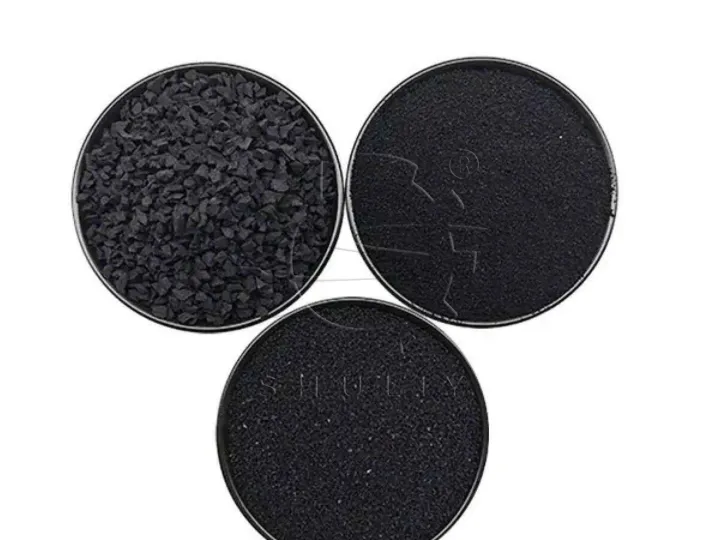
Conclusion
The Shuliy rubber powder machine line is an end-to-end engineered system. It is built tough to handle the heat of grinding and designed with a smart purification process to create a high-value, market-ready product. This is not just a machine; it is the engine for your profitable recycling business.

